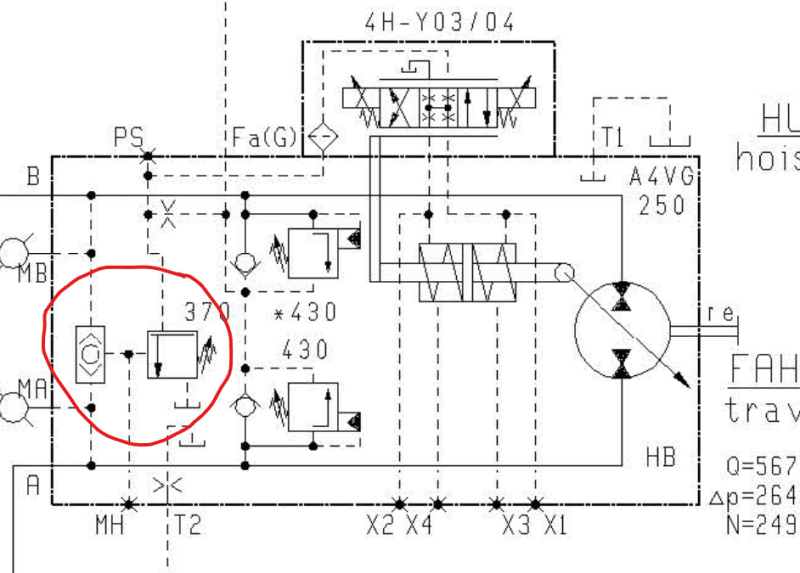Hi
I got a Hydraulic Winch which runs out of two pumps which are paralleled, the winch is rotated by 4 A6VM motors, the whole system is a closed loop system. i got currently a problem where i am losing charge pressure from the compensation pump during winch operation, i suspect one of the motors are leaking inside and causing this issue because we had all pumps replaced not long ago on the system. My problem is that i'm unable to find any data for the flow rate on the Case Drain on these motors (A6VM), any ideas from some one who have experience with these motors on what the case drain flow should look like ?.
Thanks
Marvin
I got a Hydraulic Winch which runs out of two pumps which are paralleled, the winch is rotated by 4 A6VM motors, the whole system is a closed loop system. i got currently a problem where i am losing charge pressure from the compensation pump during winch operation, i suspect one of the motors are leaking inside and causing this issue because we had all pumps replaced not long ago on the system. My problem is that i'm unable to find any data for the flow rate on the Case Drain on these motors (A6VM), any ideas from some one who have experience with these motors on what the case drain flow should look like ?.
Thanks
Marvin

